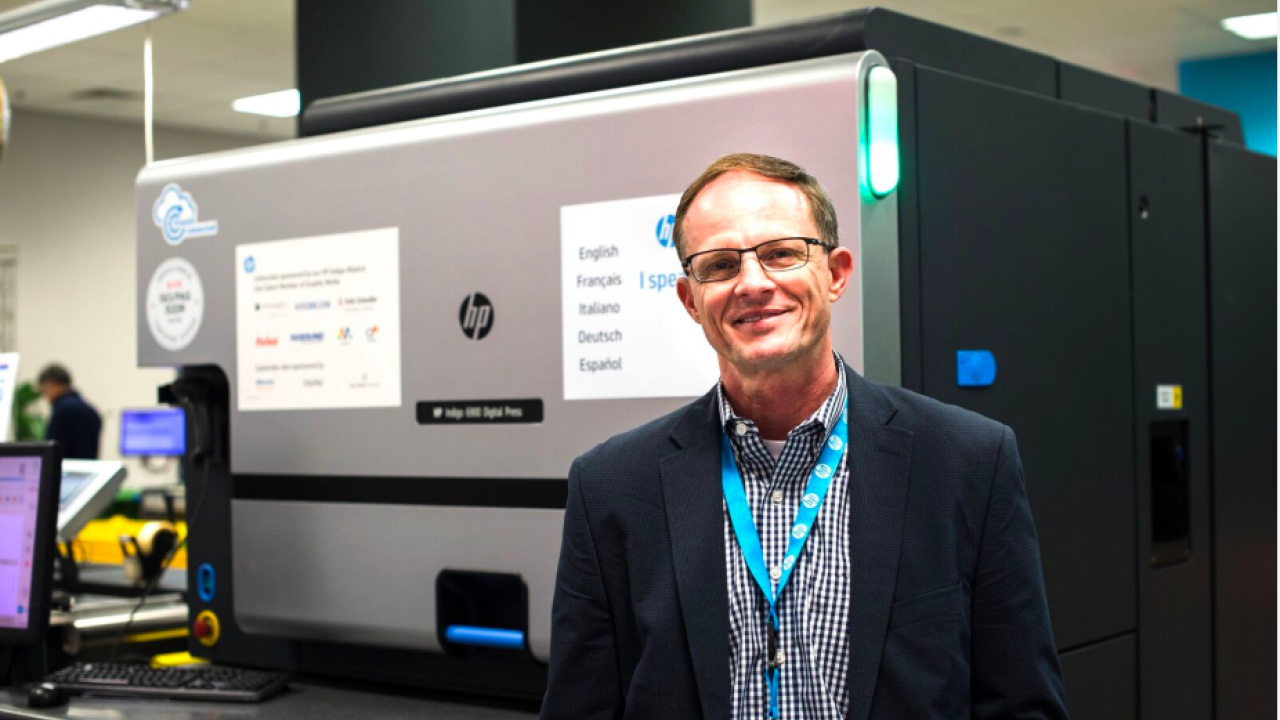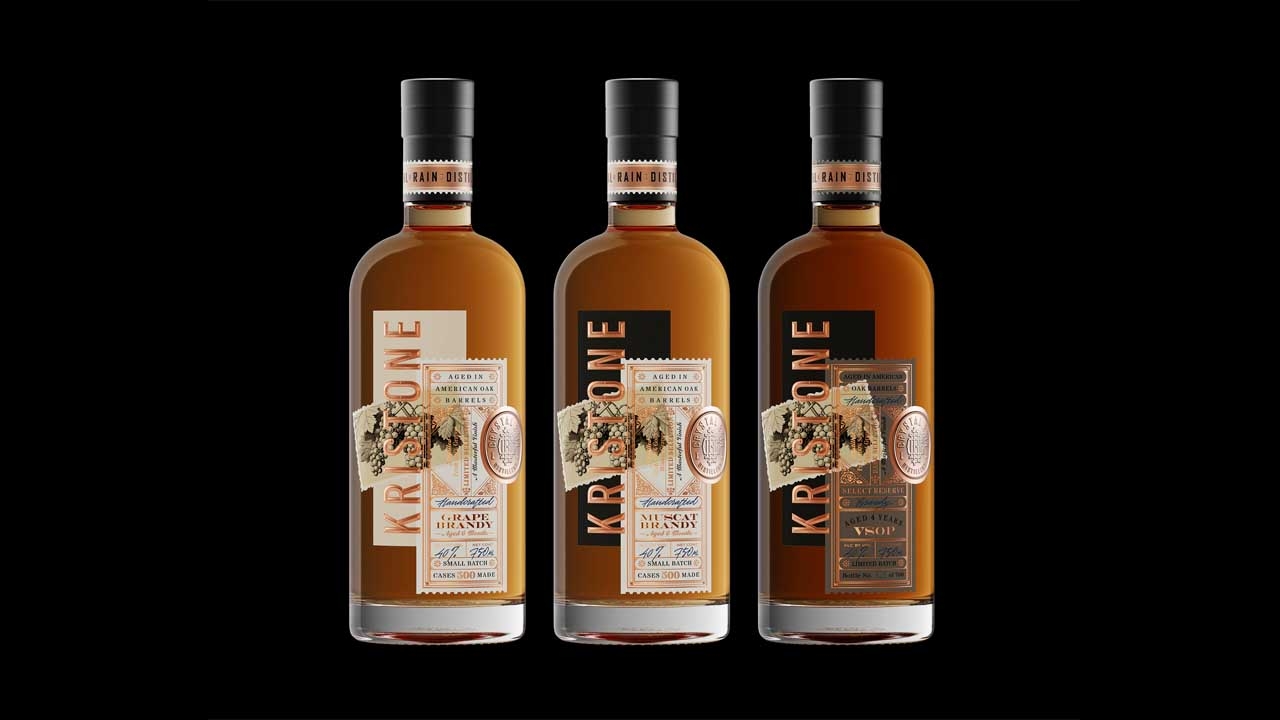RFID plus digital gives eAgile the edge

‘With the expansion of on-line purchasing, international distribution models and an increasingly savvy counterfeit industry, there are limited ways to affordably police your brand at all levels and in all places,’ says eAgile president Peter Phaneuf. ‘By providing an effective authentication process powered by a smartphone, nearly everyone will have access to safe and secure goods.’
eAgile calls this total offering eLink.
‘The real breakthrough is that label technology is now part of the Internet of Things,’ says eAgile CEO Gary Burns. ’The amount of value and benefits the technology provides is incredible.’
Why is this level of protection required?
‘Up to now people thought serialization would combat counterfeiting,’ explains Burns. ‘But the bad guys can figure and use the serialization numbers easily and make the item look even more authentic, so it gives you a false sense of security. When you print a visible unique number on something it can make it easier to clone and, if cloned, the existing systems will incorrectly validate a fake product as authentic, so everyone in the supply chain, including the end consumer, relies on a flawed system.’
The eLink Label system provides complete visibility through the supply chain including delivery to the customer, and allows brands to spot where counterfeit products are being slipped in, or where diversion is happening.
But eLink goes much further than simply securing brands’ supply chains, as Gary Burns explains: ‘For brand owners we solve a number of core problems: we provide a data rich environment where we can assure visibility through the supply chain; we can allow marketers to see where things are by country and identify fast moving products; we provide product authentication; and we enable direct engagement with the final customer.’
Burns says RFID has to provide multiple functions to realize true value while remaining easy to use.
‘We focus on meeting whichever is the brand’s most pressing issue – authentication for example – then design the technology to do other things. So you can have customer engagement and product security and supply chain management on the same chip. This added functionality does not add substantially to the cost of the tag. The final result is a direct measureable sales uplift provided by the smartphone engagement that can actually finance the whole project.’
A real world example is an NFC-enabled cap label on vitamin bottles, which not only provides point of use authentication, but also promotes compliance through a pill reminder app which sits on a patient’s smart phone or smart watch.
‘We can add additional functionality, like letting the client validate directly with the manufacturer that the product is authentic, within expiry date and or encouraging a reorder. Or we can send the consumer to an appropriate page on the brand’s website where they can obtain more information, all with a tap on the label.’
This is where the Internet of Things (IoT) and e-commerce join the party, allowing an RFID/NFC enabled product to communicate with an array of brand products and services.
‘The object just needs to say “here I am and do you want to interact with me” and you opt in. This is a frictionless buy because you’ve been moved so far through the system that you have confidence you are dealing with a trusted brand, the product is legitimate and it will arrive.
For us it is about making sure our data flow fits into the brands or retailer.’
eAgile can deliver combinations of RFID and NFC to combine near and far fields. The far field RFID would read items on a pallet, for example, while the near field provides direct interaction once the product reaches the store and end consumer.
The future will also see sensors being added to eLink labels, enabling new forms of interaction.
Importance of print
Despite its wide-ranging expertise in RFID/IoT, print remains center stage at eAgile. ‘The Internet of Things requires print,’ says Gary Burns. ‘We have to let end customers know that the product will work for them and how to engage with it. You also need to remember that not everyone will have a smart phone to interact with NFC or scan a QR code. Print technology also drives AR (augmented reality) applications which are becoming increasingly popular.’
Burns points out that the inlay often has to be delivered as part of a highly decorated label – for example with high-end wines and spirits, which could also involve embossing, hot stamping and other decorative effects.
‘And security printing directly supports the chip-based elements of eLink. Digital watermarks, holograms, guilloches, micro text or barcodes printed with invisible inks, or just very small text buried in the design.’
Having access to a high quality digital press like the HP 6900 also allows brand owners to quickly change their security strategy ‘to beat the bad guys who think they have figured things out.’
Production process
The eLink label production line starts with HP Indigo 6900. The printed label with the unique number and barcode are joined with an RFID inlay. In this process all the printed serialized data is synchronized with the information stored on the chip.
All RFID/NFC chips are tested before entering the print process.
If a defective chip is detected the job stops, the label is removed and the web spliced back together. ‘One challenge, which we have overcome, is to ensure the serial number on that label has not been skipped or duplicated,’ says Gary Burns. ‘The larger challenge is that as the product leaves our facility the data on the label will have to be available to be accessed in real time to all participants in the supply chain, including the end consumer. This would make it challenging for a traditional printer without IT / data storage capabilities.’
Stay up to date
Subscribe to the free Label News newsletter and receive the latest content every week. We'll never share your email address.


